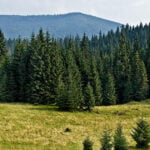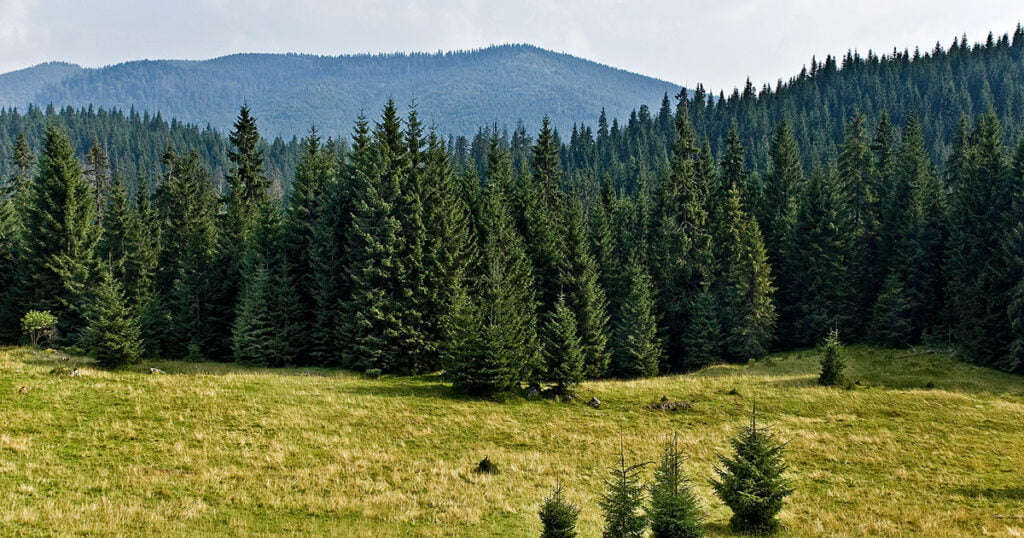A central facet of the American dream is the ownership of property. While many consider this to simply be a house or building, the vision behind manifest destiny was about more than four walls and a roof. It was about land. Land ownership has been and continues to be a benchmark for many, not only as a way to “keep up with the Joneses” but to insulate against financial struggles, diversify your income streams, and maintain self-sufficiency if needed. Examples of this cultural drive to own land can be found in American homesteading acts of the last century, and its benefits can be seen in the victory gardens of the 1930s and 40s.
So What Benefits Are There From Having A Back 40 or A Small Farm?
Quite simply, there are too many benefits to list in one sitting, but we can group these into some general topics such as Investment opportunity, reduced taxation, and increased self-sufficiency.
Investment opportunity, diversified portfolio, multiple income streams, all of these phrases mean the same thing: making money. Investing in land can be a tool to accomplish this. Agricultural land already used for food production can continue to provide jobs and revenue with the right plan and leadership. In addition to growing food, these lands often serve as a permanent or temporary home for sought-after game animals, leading to an additional revenue stream. It was common for sportsmen to ask land owners to hunt their land, often in exchange for labor; this model in many regions has gone by the wayside as insurance agencies have made these handshake deals potentially litigious. The modern solution and benefit for today’s landowners is to have sportsmen and outfitters draw up a contract involving insurance to hunt or lease privately owned land. By legitimizing the transaction, outfitters, and landowners can negotiate prices for exclusive access to the property and create a secondary seasonal business. This hunting agreement also benefits the landowner by reducing crop and animal losses for varmint species like prairie dogs, coyotes, and feral hogs.
The reduced tax burden is a topic that should be a focus for all investors regardless of the portfolio type.
On the surface, land ownership can seem cost-prohibitive as many jurisdictions tax land based on “highest and best use.” Unfortunately, agricultural or undeveloped land is not the “best” use, which is often for commercial or residential use. Anyone who enjoys looking at green spaces would attest that government ruling is arguable. However, this doesn’t mean that property holders in these areas are paying the total value in taxes. A Differential Assessment is conducted for agricultural land and generally allows the land to be taxed at a rate equal to its “production value” instead of its total value. A benefit to this program is that it does not affect the property’s value for sales or appraisal. Each state has differing regulations regarding Differential assessments; for example, Texas extends this credit to land used for game animal management, timber forestry, and mineral extraction. For property that is already in use, landowners can sell a portion of their land into a Conservation Easement. A Conservation Easement is a fairly complex process that includes multiple legal steps; we will provide a brief overview for this article.
Easements for conservation involve landowners selling a portion of their land to an organization or agency for less than market value, with the agreement being that the landowner may continue to utilize the land for an agreed-upon set of tasks. This could play out as a land owner, in cooperation with an agricultural preservation society, creates an easement for several acres. This land can be sold, worked, and even passed on to descendants but can only be used for farming and may not be developed into commercial real estate. Now, the land owner has freed up extra funds while also guaranteeing the land will be used in accordance with their wishes even after they are gone. Further, dependent on the organization or agency, the land owner may be able to use the unpaid value of the land as a tax write-off for the year.
Self-Sufficiency
Increased self-sufficiency has always been a focus for land owners; with the uncertainty surrounding food and even jobs during the beginning of this decade, the concept of self-sufficiency has been brought to the forefront of our collective minds again. By owning land, especially land with adequate access to water, a land owner begins to insulate themselves from the strains their fellow urbanites have. From sewer main breaks to power failures, the grid that many Americans live on is imperfect. Having adequate resources at hand, such as solar panels, private wells, and even the farm itself, drastically cuts down on the challenges caused by a breakdown in utilities. Even outside of the failure of infrastructure, the investment in land affords assets that can be liquidated or borrowed against if the need arises.
Are There Benefits to Investing in Land?
Absolutely, with a diversified revenue stream, reduced tax burden, and improved self-sufficiency, are just a few other examples of why land ownership and investment is a sound decision. With the ability to own tangible assets that can be used for financial gain and enjoyed as green space, hunting land, or a family gathering spot for generations, it becomes clear why American settlers drove west for their own land.

